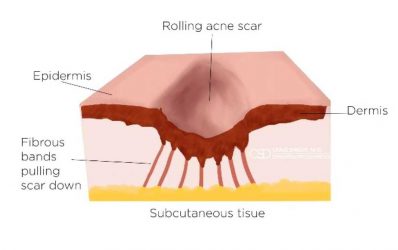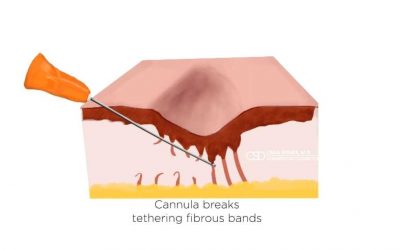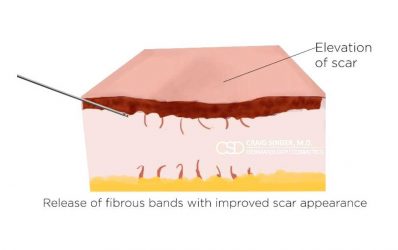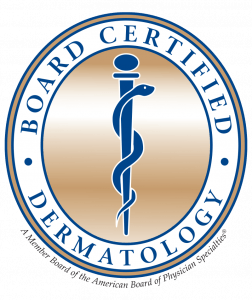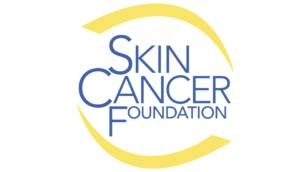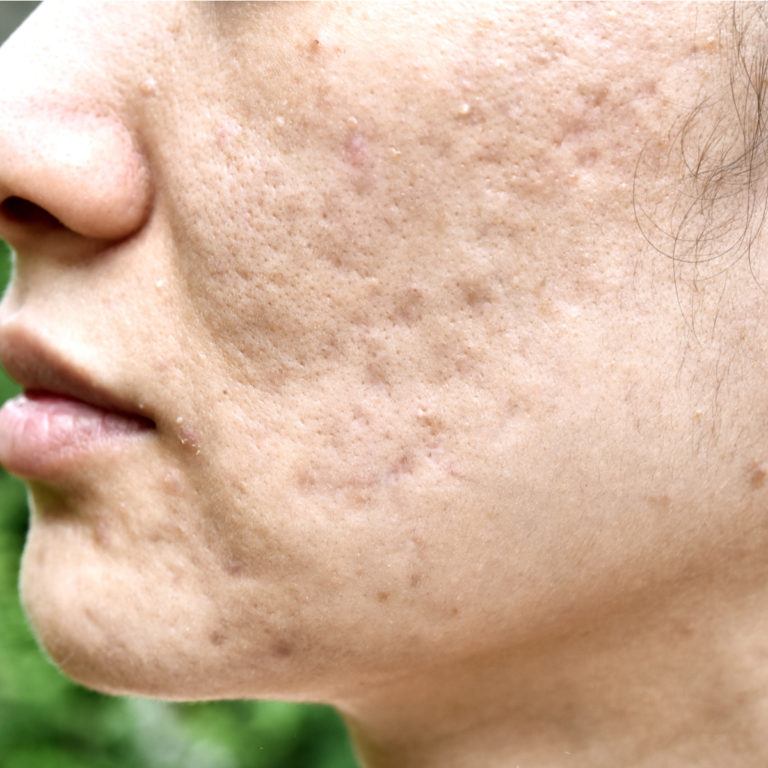
What is Subcision®?
Subcision® is a minor surgical procedure for improving the appearance of acne scars. It is also called "subcutaneous incisionless surgery.”
Certain acne scars, such as “rolling” or “boxcar” types, have tethering bands below the skin that pull the scar down making it look depressed. Subcision® is a technique that breaks these tethering bands, thereby releasing the scar with new healthy collagen formation. The result is elevation of the scar and improved cosmetic appearance.
Subcision® is traditionally performed using a special sharp hypodermic needle (AKA Nokor Needle) inserted underneath the skin surface. In our clinic, however, we use a modified version of Subcision® in which a blunt-tipped cannula (18 or 22 Gauge) is used instead. Studies have shown effectiveness of this modified technique with reduction in risk of hematoma formation and less downtime. Subcision® can be safely performed in the outpatient setting with local anesthesia and it is well tolerated.
What are the indications for Subcision®?
The decision to perform Subcision will depend on the type, location, and severity of scarring along with patient preference.
Subcision® is best used for the treatment of rolling and boxcar acne scars and may be used for other types of scars such as from chicken pox.
Subcision® is safe and effective in skin of color.
How many treatments will I need?
Two to four visits suffice for most cases of moderate scarring.
The number of sessions required to correct a depression will depend on the type, location, severity of depression, and intensity of treatment.
Intervals of at least one to two months in-between treatments are generally recommended. Subcision is often combined with microneedling during the same session.
How is Subcision® performed?
- The areas to be treated are circled in washable ink.
- Local anesthetic is instilled just below the skin for comfort. Depending upon the area to be treated, a large amount of dilute anesthetic (i.e., tumescent anesthesia) may be needed. -This will reduce the amount of bruising and help highlight the scars.
- An introducer puncture is made in the skin allowing the smooth introduction of the cannula. The cannula is passed back and forth underneath the skin, at multiple levels, breaking fibrotic strands.
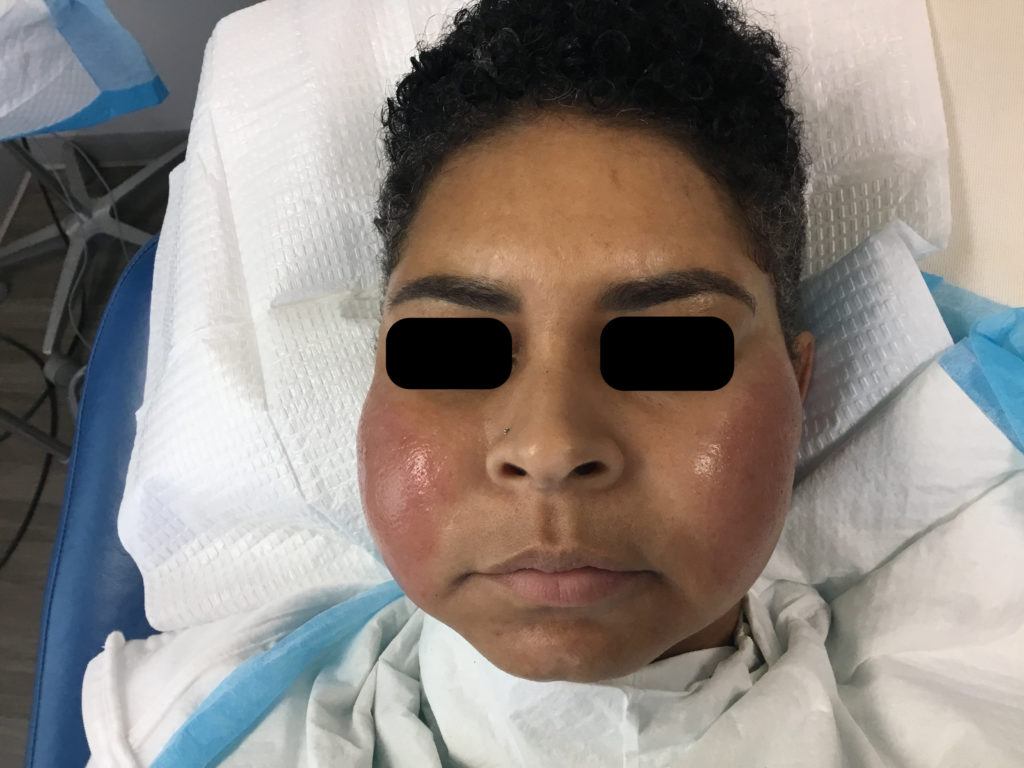
Frequently Asked Questions (FAQ)
There are about 1-3 days of downtime after the procedure. Swelling and numbness from tumescent anesthesia typically resolves in 72 hours.
Bruising and tenderness will resolve in one week. Temporary discoloration (rare) may persist for a couple months. We ask that you apply pressure and ice afterwards. Tylenol is fine for pain relief.
- Hematoma due to bleeding (a small hematoma is normal and there is a lot less bruising with the cannula)
- Temporary swelling “Chipmunk Cheeks” for several days
- Temporary pain/tenderness of treated sites
- Hypertrophic (i.e., thick) scars or keloid scars (rare)
- Infection requiring antibiotics (rare)
- Temporary numbness (resolves in days)
- Temporary darkening of skin –hyperpigmentation. (rare)
- Sub-optimal response or lack of improvement in scarring.
- Worsening of scarring (rare)
- Injury to nerve or blood vessel (rare). Smaller gauge (22) cannulas are used in marionette, nasolabial and temporal regions which have higher rates of bruising.

